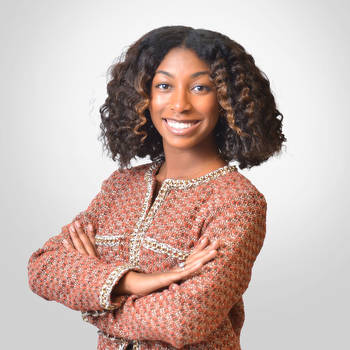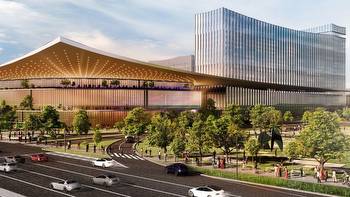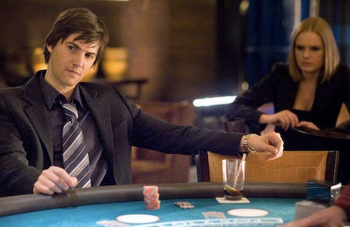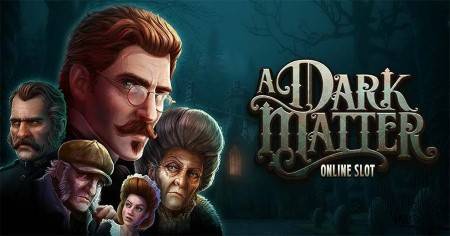Students as ATMs: Online Gambling Edition
The first week of my college career, while standing at a table in the quad at the University of Illinois, I signed up for my first credit card.
My primary motivation for signing up for the card was the free two-liter bottle of soda they were giving away with a completed application—I drank a lot of soda back then—but I figured it couldn’t hurt to have a card for emergencies. The credit limit was $500—not enough to get into major trouble, but plenty to induce you to get a few late-night pizzas that go from costing $8 to more like $50 if you only pay the minimum balance for enough months.
Thankfully, I was raised with a Midwestern frugality, and thanks to parents paying my tuition and my own savings from summer work, I never used the card until after I’d graduated from college, started making money of my own and got a taste for owning things. Still, I’ve been able to pay the full balance on my credit card just about every month since I received my first one. (A major exception being the month I purchased my wife’s engagement ring.) I’ve been lucky.[1]
Many students then and now are not so lucky. Various surveys show that somewhere between 40 and 50 percent of students graduate with credit card debt balances of between $2,000 and $4,000. When you consider this debt on top of student loan debt, you create a very narrow path for achieving postcollege economic security.
Because I didn’t have that debt, over two years I was able to save sufficiently to cover the expenses for graduate school, which allowed me to finish that degree pretty much broke but at least not owning anybody anything.
The University of Illinois’s incentive for allowing that credit card company to operate on campus was the kickbacks the university received from the credit card company. Whatever the companies paid couldn’t have come close to the additional revenue brought in by all those young people gaining access to credit, but the potential problem of individual debt wasn’t the university’s problem—or at least I’m sure that’s what administration wanted to believe.
I use this example to show that universities treating their student bodies as sources of revenue is nothing new. For example, campuses sign exclusive deals for a particular soft drink or athletic apparel brand. For these deals, students may not see any benefit (particularly if they’re a Coca-Cola fan on a Pepsi campus), but at least they are not subjected to an additional cost.
In other cases, students are treated like ATMs as part of what I call a “cruise ship mentality,” where they are captive to the institution and then upsold additional goods, such as meal plans which require the prepurchase of dollars that must be then spent on campus.
Once an institution is dependent on this revenue, it becomes impossible to let it go. This leaves the institution vulnerable to being squeezed by these outside vendors, as is the case with ed-tech platforms when they decide they want to start showing students ads but will hold off for an additional fee.
This is a long windup to get to what should be a deeply worrying example of this phenomenon: the direct promotion of online betting to college students via their university relationships.
The New York Timesrecently uncovered the negotiations between Caesars Sportsbook and Michigan State University for Caesars to acquire exclusive rights to promoting gambling at MSU, a deal that resulted in $8.4 million to the university over five years.
A similar deal at University of Colorado at Boulder added a direct $30-per-customer kickback to the university for every person that downloaded the company app and used a promotional code to place a bet.
Of course, at these campuses, a majority of the undergraduate population is under 21 and not allowed to gamble legally through these apps, but never mind—these companies tell the Times that they follow all relevant guidelines about marketing gambling to underage students.
Imagine the potential danger of giving credit cards to young people without financial cushion or sophisticated understanding of debt and finances, and then multiply that by a gazillion and you see the potential danger of inducing students to gamble online. Gambling addiction is real, and pervasive, and an even higher risk for young people without the experience and perspective to understand risks and who are under the kind of stress that college visits upon students.
Gambling “successfully”—meaning not necessarily that you win, but that you at least don’t lose your shirt—takes great care and discipline. When I was in graduate school at McNeese State University, I would occasionally go play blackjack at the nearby riverboat casinos. They were a five-minute drive from my apartment, a constant temptation to try to get lucky and put a few extra dollars in my pocket. In order to keep myself from getting in trouble, I would take only my allowed stake ($100) and made an explicit plan to leave if I ever doubled it or lost it. I learned and played the correct basic strategy for blackjack to the letter, which (with the table rules at the time) narrowed the house advantage to 0.5 percent. I was meticulous about recording each session so I couldn’t kid myself by remembering only the times I won. I never drank at the tables.
Over two years, I was $650 to the good employing this strategy, a result entirely predicated on my willingness to walk away if I was ever up $100 in a single session, which happened reasonably often.
With gambling apps, there is no walking away. There is no showing up to the casino with only $100 and no ability to secure more. There is always another teaser or come-on to roll what you’ve won into another wager—or worse, to chase your losses with another bet.
I don’t believe I have any predilection for a gambling addiction, but still, I have never and will never download one of these apps because the temptation and risk is too high.
And yet, here we are, universities being incentivized to push these apps toward their student bodies.
I can only imagine the ultimate costs of going down this road, not just to the individuals, but the institutions as well, as students are thrown into crisis via problem gambling. Will counseling centers now have to staff up to help students with chronic gambling problems? What happens to enrollment when students are thousands of dollars in the hole to an online gambling outfit and that tuition check is due?
I want to say something about being penny-wise but pound-foolish, except that I don’t think it’s even penny-wise.
That said, I am sympathetic to the desire for revenue. The fact that universities believe they must gobble up this revenue is a testament to a collective failure to provide for them as the public goods we (or at least I) wish them to be.
Doing everything possible to drain your students of their money has already proven to be unsustainable. Helping the gambling industry squeeze even more from the student body seems like an acceleration of an already bad trend.
[1] I still have the card as my backup in case something happens with our main household cards. The available credit steadily climbs even though there’s never more than $50 a month charged to it.





































